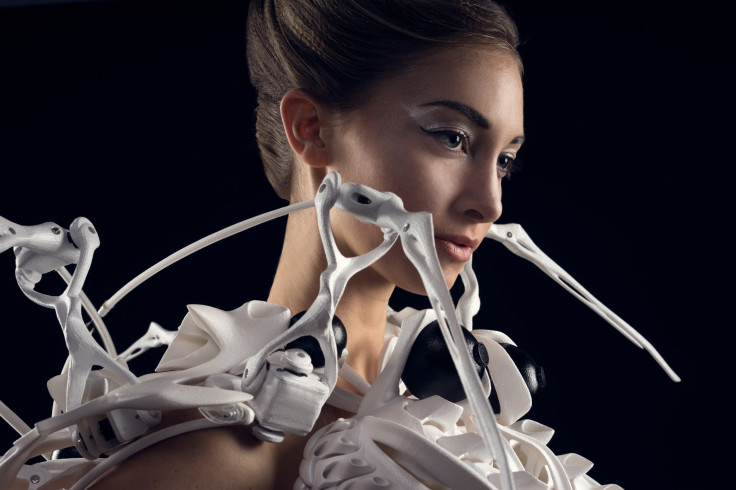Pangolin dress: Innovative fashion tech allows user to manipulate dress through brain waves
According to its creator, the 1,204 electroencephalography sensors it uses are arranged to resemble the scales of its namesake known as scaly anteaters.
Last month, Elon Musk finally unveiled a working demonstration of his Neuralink project. Although the system is originally intended for human use, the presentation featured pigs given the technology was still pending approval from regulators. Nonetheless, it provided a remarkable overview of how electronic signals from the brain can be used to control various devices in the future. Meanwhile, the fashion industry saw a similar application through a dress that can alter its shape and shade through brain waves.
The brilliant mind behind this innovative creation is Dutch designer Anouk Wipprecht who designed a 3D-printed dress called the Pangolin. According to its creator, the 1,204 electroencephalography sensors it uses are arranged to resemble the scales of its namesake – also known as scaly anteaters. Depending on the brain activity of the one wearing it, certain sections of the outfit will move. Additionally, the integrated lighting system also changes colour and flashes in different patterns.
According to CNET, if the user is generally calm, the Pangolin will produce a soothing purple glow. However, as brain activity fires up, the mechanised components start to move about and the lights will flicker. This is somewhat similar to how certain bioluminescent animals react when they are stressed, in danger, or excited.
Those who want an up-close look at the dynamic garment can see it at during the annual Ars Electronica festival in Linz, Austria, this week. Please note that as a precautionary measure amid the ongoing COVID-19 pandemic, organisers are limiting the number of people at public gatherings at the request of public health authorities. It would be a simultaneous event at around 120 locations across the globe.
People who want to minimise the risk of coronavirus infections can likewise watch the show online. Based on the images of the Pangolin dress, the brain-computer interface (BCI) modules are attached to the scalp. This implies that the user might need to shave their hair in order to the sensors to work properly.

"As each of the BCI inputs is connected to each one of the actuators, this gives a very individual animation of the dress," said Wipprecht. The Pangolin was developed in partnership with the Institute for Integrated Circuits at Johannes Kepler University Linz as well as neurotechnology outfit G.tec. The materials and parts used include lightweight and durable nylon fabric, actuators, wiring, LEDs, and sensors.
© Copyright IBTimes 2025. All rights reserved.





















